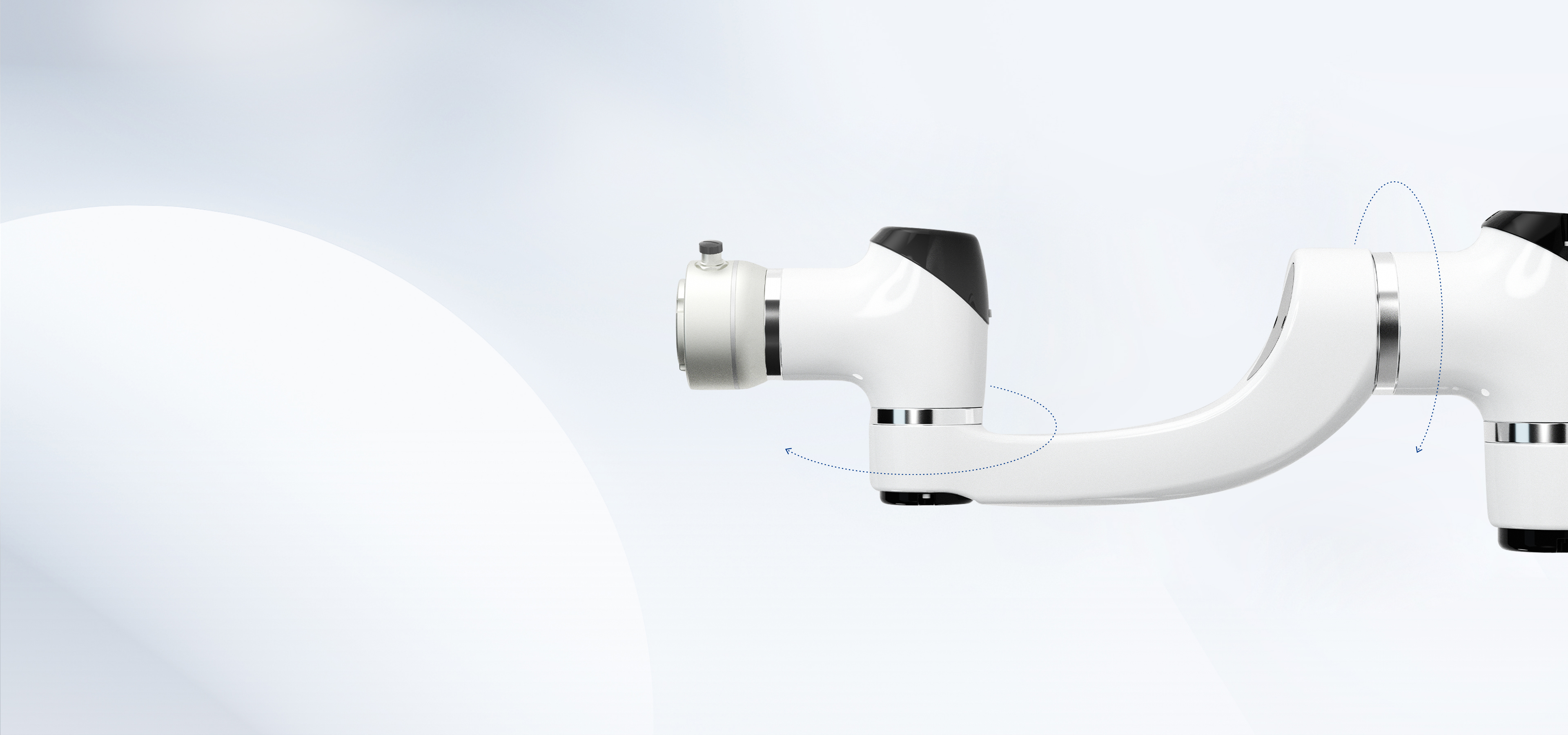
loading...
The integration of collaborative robots (cobots) into industrial workflows has redefined what’s possible in automation. As industries strive for greater efficiency, cost savings, and safety, cobots are proving to be indispensable tools in achieving these goals. Han's Robot has emerged as a key player in this transformation with the Elfin Collaborative Robot, a product that combines advanced engineering with user-friendly design to meet the demands of modern manufacturing environments.

Breaking Down the Role of Collaborative Robots
Unlike traditional industrial robots, which are typically isolated within safety cages, collaborative robots (cobots) are designed to work side by side with human operators. This unique characteristic enables a new level of flexibility in production lines, allowing robots to perform tasks without compromising human safety or requiring complex programming.
Han’s Elfin Collaborative Robot takes this concept even further by offering cutting-edge features such as the Optimized Singularity and the Dual-Joint Module Design. These innovations enhance the robot’s ability to perform a wide range of tasks with increased precision and adaptability. The Elfin robot's design allows it to seamlessly integrate into various workflows—whether in assembly, packaging, or even intricate quality control tasks.
Key Technological Advancements in the Elfin Collaborative Robot
The Optimized Singularity is a major breakthrough that addresses a common challenge in robotics: restricted motion. Many robots experience “singularity,” a condition where certain movements become physically impossible due to the robot’s joint configuration. The Elfin Robot solves this issue by minimizing the effects of singularity, allowing the robot to perform movements with greater fluidity and flexibility. This optimization significantly broadens the range of tasks the robot can handle and increases its versatility in production lines.
Another noteworthy feature of the Elfin Collaborative Robot is the Dual-Joint Module Design. This design improves the robot's agility and range of motion while reducing the overall weight of the arm. The modular approach not only makes the robot more efficient but also ensures that it is lightweight and easy to reconfigure. This is particularly useful in fast-paced environments where adaptability and speed are crucial.
The Practical Benefits of Collaborative Robots
By allowing robots and humans to work together in a shared workspace, cobots bring practical benefits that traditional robots cannot match. Cobots handle repetitive or dangerous tasks, reducing the physical strain on human workers and minimizing the risk of workplace injuries. In turn, human operators can focus on higher-level tasks that require problem-solving and decision-making.
The Elfin Collaborative Robot is especially beneficial for smaller businesses or companies that are transitioning to automation, as it is user-friendly and doesn’t require specialized training. The Elfin Robot can be easily programmed and reprogrammed for different tasks, making it a highly flexible solution for evolving production needs. This ability to quickly adapt to new tasks is a critical advantage in industries where production requirements are frequently changing.
In addition to its flexibility, the Elfin Collaborative Robot is built with safety in mind. The robot includes sensors and collision detection systems that ensure it can work safely alongside humans, without the need for safety barriers or fencing. This not only enhances worker safety but also reduces the space required for automation, making it possible to introduce robots into smaller or more constrained environments.
Han's Robot: A Step Toward the Future of Manufacturing
Han's Robot’s approach to collaborative robots is a response to the increasing demand for flexible, adaptable automation solutions. By integrating advanced features like the Optimized Singularity and Dual-Joint Module Design, the Elfin Collaborative Robot stands out in a crowded market. These features allow for smoother movement, greater flexibility, and the ability to handle a wide variety of tasks with ease.
In industries where speed, precision, and safety are paramount, the Elfin Collaborative Robot delivers. It not only improves operational efficiency but also helps businesses scale their automation efforts with minimal disruption. As businesses seek to stay competitive in an increasingly automated world, choosing the right robotic solution is crucial, and Han’s Robot offers an option that balances innovation with practicality.
Conclusion
The rise of collaborative robots is not just a trend; it represents a significant shift in how industries approach automation. Han's Elfin Collaborative Robot exemplifies this shift, offering a combination of cutting-edge technology, flexibility, and safety that meets the needs of modern manufacturing environments. As industries continue to evolve, the demand for collaborative robots like the Elfin will only increase. These robots are not just tools; they are partners in driving efficiency, safety, and productivity. With the Elfin Collaborative Robot from Han's Robot, businesses are empowered to create smarter, more agile production systems—leading to a more sustainable and competitive future in automation.